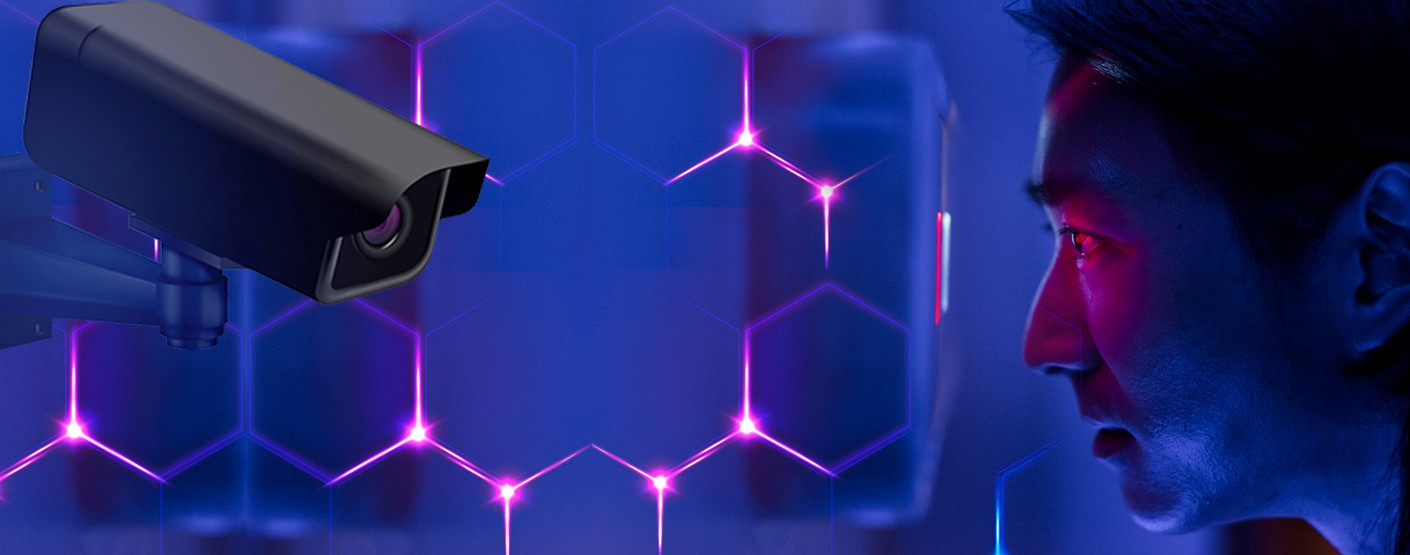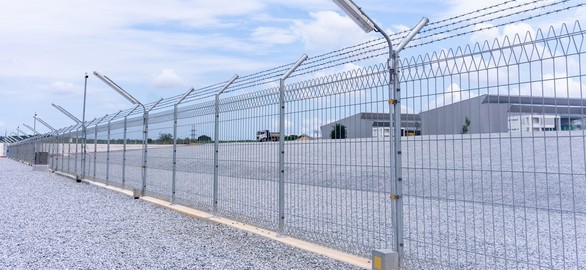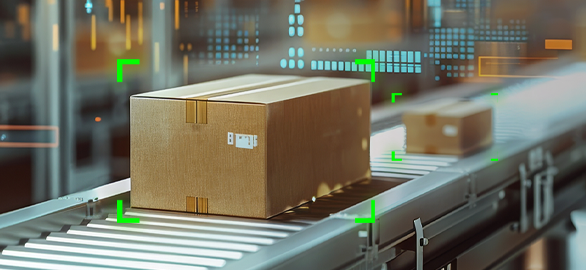

The development of deep learning digital intelligence in video cameras and the future of the industry
The lack of quality onboard hardware analytics in surveillance cameras entails certain limitations and risks. Let's explore the development of cameras with integrated deep learning-based analytics and discuss the future of intelligent video analytics.
The field of deep learning originated from the concept of "artificial neural networks" in the 1980s. In the early years of this branch of artificial intelligence (AI), neural networks were modeled after the human brain, which is known to consist of more than 100 billion neurons.
A key limitation of early systems was the complexity of training the network. Hardware technologies were too slow to properly train a neural network that could solve meaningful real-world tasks.
Since 2000, the neural network research community has begun to attract the attention of industry labs to the work on deep learning networks. In recent years, real applications of this technology have spanned many fields, including handwriting recognition, language translation, automatic games (chess, Go), object classification, facial recognition, medical image analysis, the creation of fully autonomous vehicles, and many others.
According to data from market research leader Omdia, in 2020, 117 million professional video cameras were sold worldwide. 42% of them had a resolution of more than 4 megapixels. By 2025, the market share of such cameras is projected to reach 74%. At the same time, Omdia predicts that by the end of this year, the number of installed video cameras will exceed 1 billion. These cameras will generate a huge volume of information. The question arises: what to do with this impressive array of data? This information will only be useful if it can be processed and analyzed in a timely manner.
This is precisely the problem that deep learning algorithms help to solve, significantly enhancing the capabilities of hardware analytics on video cameras. With their help, devices can be taught to better filter out unnecessary data, which, in the world of big data, can save time, money, and human resources.
Currently, camera analytics are mostly limited to object detection and movement. This necessitates human intervention to identify objects and their actions using software on a central server. With increasingly sophisticated deep learning algorithms, cameras will be able to autonomously identify object types, the nature of their actions, and the appropriate response based on the data.
By 2025, it is expected that a new generation of chips will make built-in analytics on cameras more affordable. This could extend into the budget segment, which currently lacks deep learning cameras. As a result, the implementation of video analytics will become less costly in terms of finances and resources. The costs of servers previously needed and network bandwidth requirements will be significantly reduced. Deep learning-based intelligent video analytics on cameras will become as widespread as megapixel cameras are today.
What's New?
All news
Welcoming Our New Platinum Partner: BİSAVUNMA GÜVENLİK VE RADAR SİSTEMLERİ SANAYİ TİCARET LİMİTED ŞİRKETİ
Welcoming Our New Platinum Partner: BİSAVUNMA GÜVENLİK VE RADAR SİSTEMLERİ SANAYİ TİCARET LİMİTED ŞİRKETİ

How TRASSIR’s PRO Dual Light Cameras Help You Work Faster and Smarter
How TRASSIR’s PRO Dual Light Cameras Help You Work Faster and Smarter

No More Blind Spots: How TRASSIR Reduces Losses and Investigation Time in Warehouses
No More Blind Spots: How TRASSIR Reduces Losses and Investigation Time in Warehouses

Welcoming Our New Gold Partner: DG Bilgisayar ve Yazılım Destek Hizmetleri
Welcoming Our New Gold Partner: DG Bilgisayar ve Yazılım Destek Hizmetleri

Beyond the Perimeter: How TRASSIR Protects What’s Outside Your Factory Walls
Beyond the Perimeter: How TRASSIR Protects What’s Outside Your Factory Walls

Welcoming Our New Platinum Partner: KARE BİLGİSAYAR SANAYİ VE TİCARET ANONİM ŞİRKETİ
Welcoming Our New Platinum Partner: KARE BİLGİSAYAR SANAYİ VE TİCARET ANONİM ŞİRKETİ

TRASSIR Launches New Cameras with Dual Illumination to Reduce Incident Investigation Time
TRASSIR Launches New Cameras with Dual Illumination to Reduce Incident Investigation Time

Welcoming Our New Platinum Partner: ZNA TEKNOLOJI
Welcoming Our New Platinum Partner: ZNA TEKNOLOJI

Keeping Things Moving: How TRASSIR Helps Logistics Run Smoothly
Keeping Things Moving: How TRASSIR Helps Logistics Run Smoothly

Welcoming Our New Platinum Partner: LION TECHNOLOGY
Welcoming Our New Platinum Partner: LION TECHNOLOGY

New Success Story: Industrial-Grade Security at Mirbey Plastik
New Success Story: Industrial-Grade Security at Mirbey Plastik

AI-Powered Insights for Retail Security in Türkiye: How TRASSIR’s intelligent video analytics transform retail surveillance
AI-Powered Insights for Retail Security in Türkiye: How TRASSIR’s intelligent video analytics transform retail surveillance

Our First Step into Global Retail: Highlights from Retail Days 2025
Our First Step into Global Retail: Highlights from Retail Days 2025

Transforming Campus Safety: TRASSIR’s Proactive Approach to Protection
Transforming Campus Safety: TRASSIR’s Proactive Approach to Protection

Smarter Surveillance, Smoother Manufacturing
Smarter Surveillance, Smoother Manufacturing

TRASSIR Solutions to Be Featured at Securex South Africa 2025 by neaMetrics
TRASSIR Solutions to Be Featured at Securex South Africa 2025 by neaMetrics

Success Story: Smarter Access Control at Hilton Istanbul Bomonti
Success Story: Smarter Access Control at Hilton Istanbul Bomonti

Retail Losses Start at the Checkout: Here’s How to Fight Back
Retail Losses Start at the Checkout: Here’s How to Fight Back

Zigana Energy Secures Solar Fields with TRASSIR’s AI-Powered Surveillance
Zigana Energy Secures Solar Fields with TRASSIR’s AI-Powered Surveillance

Transforming Security Operations: TRASSIR VMS, Analytics & Suprema Access Synergy
Transforming Security Operations: TRASSIR VMS, Analytics & Suprema Access Synergy
Try TRASSIR For Your Business
Learn more about how TRASSIR analytic modules work! Demo mode is an opportunity to see for yourself how the system works, and also check the interface and test all the functions.Success!
We will contact you as soon as possible